Final Fantasy: 5 Best Overworlds In The Franchise (& 5 Worst)
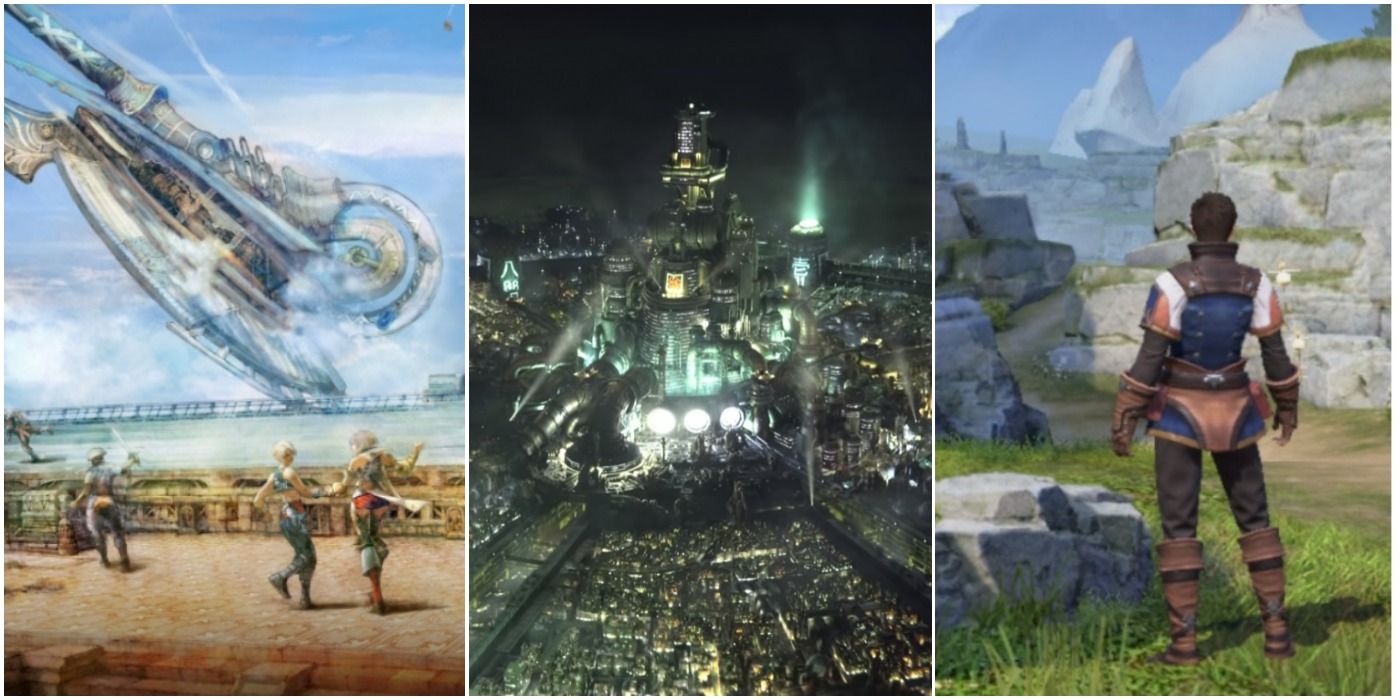
Square Enix has plenty of video game series that have been around for decades and been able to survive and evolve with the many changes that have come along with each new generation of gaming. However, the Final Fantasy series is one whose reputation has gone untarnished through the years. As much as the games have changed and taken risks, there are still core ideas that carry over.
The latest PlayStation 5 news has come with the announcement of Final Fantasy XVI. The title looks impressive, but its overworld also looks largely generic. This begs the larger question of which Final Fantasy titles have made the largest impressions with their overworlds.
Note: As the later entries in the series do not have traditional overworlds, their world maps will be taken into consideration instead. In some cases, specific regions will be highlighted rather than the full overworld.
10 Best: World Of Balance/World Of Ruin (Final Fantasy VI)
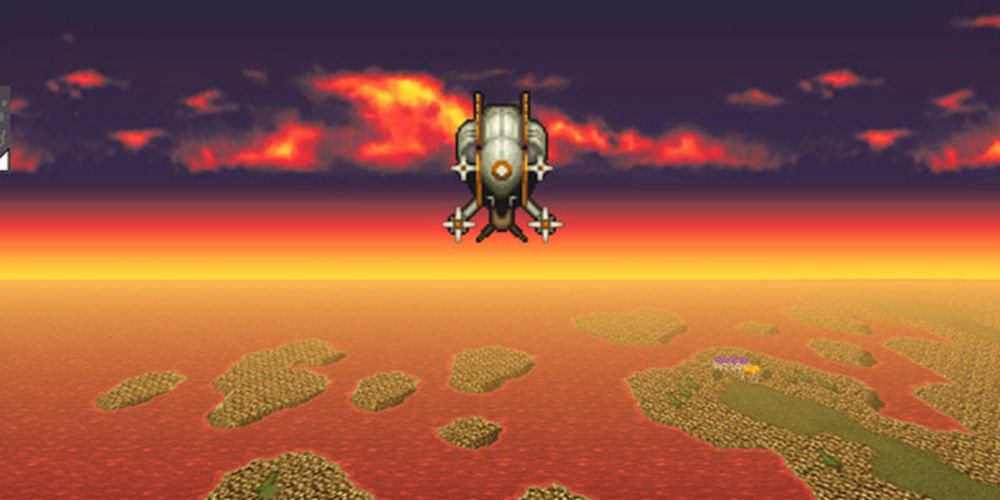
The larger world in Final Fantasy VI takes many of its cues from previous games in the series as it depicts two island continents in conflict for more power. What’s so powerful about Final Fantasy VI is that players explore this world both pre- and post-devastation.
The villain, Kefka, actually achieves his goal and the World of Balance becomes the World of Ruin. Final Fantasy VI gets a lot of mileage out of how much this world has changed and the damaged that Kefka’s accomplished. It really makes the player appreciate the overworld in a way that other titles don’t.
9 Worst: Fynn (Final Fantasy II)
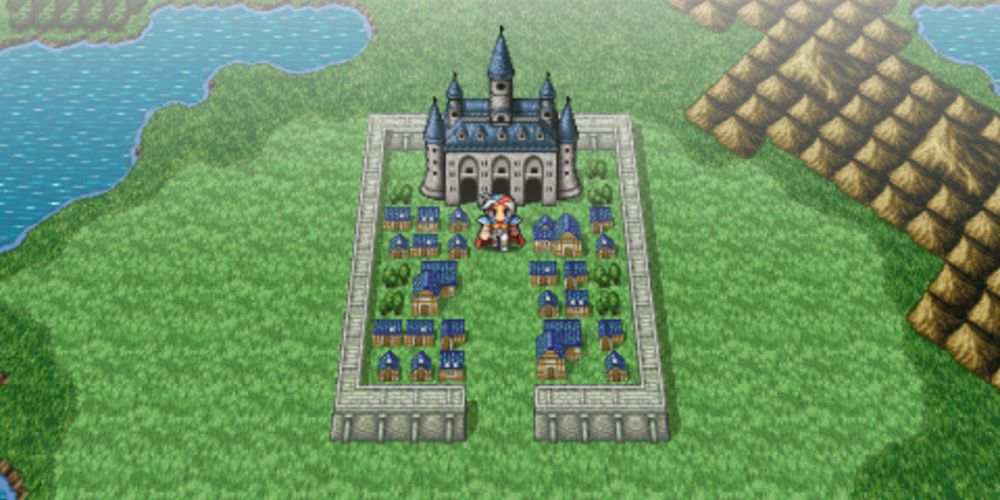
This inclusion may seem cruel, but there’s not really anything unique or new going on in Final Fantasy II. Final Fantasy II helps illustrate how an uninspired attitude can really make a difference and hold back a game.
Final Fantasy II attempts for some variety with its regions and Fynn does feel different from Snowfield or Palamecia, but the franchise is still in its infancy that these differences are mired by how they're all fairly one-note RPG locations. It's an important stepping stone for the series, but Final Fantasy II isn't a game that gets praised for its overworld.
8 Best: Midgar (Final Fantasy VII)
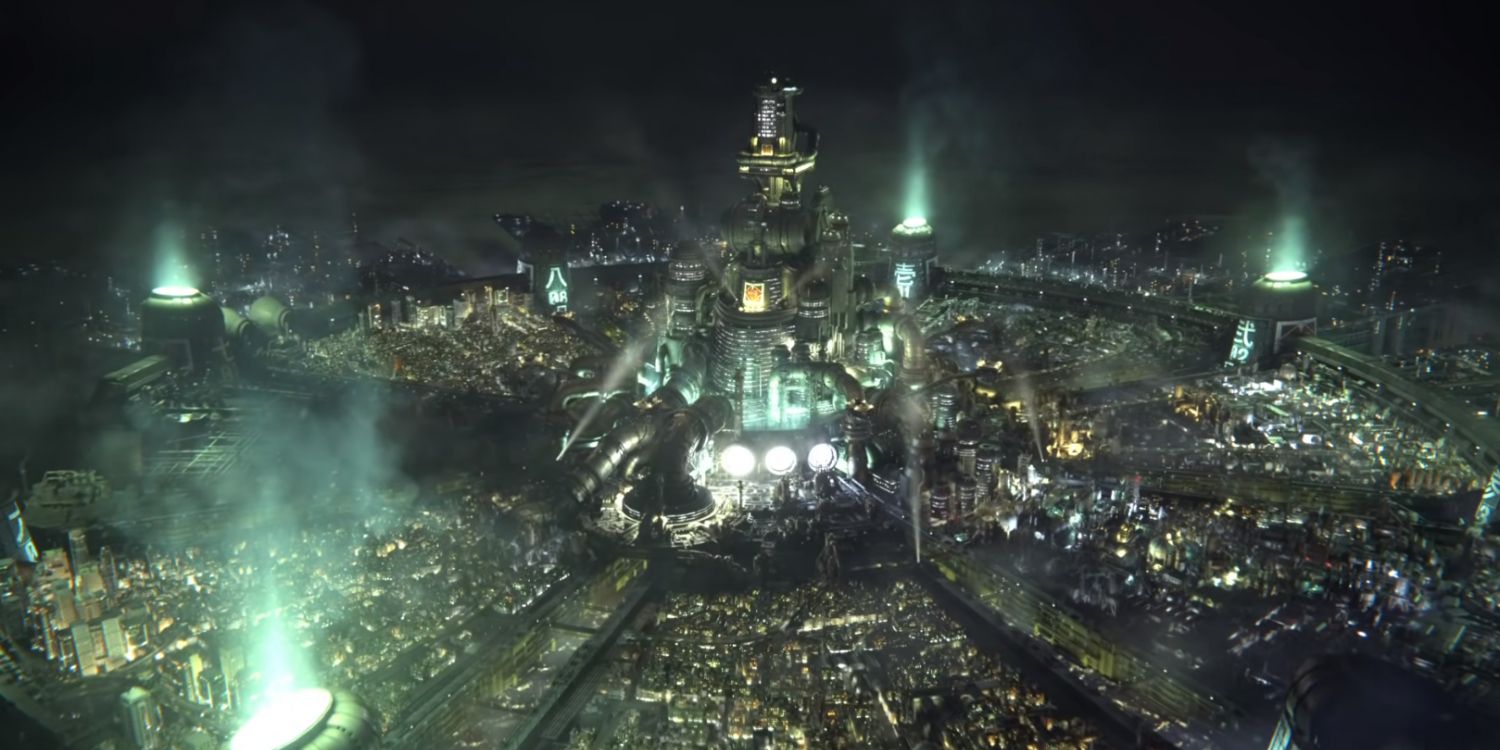
All of Final Fantasy VII’s Planet Gaia is engaging and there's a lot to love once Cloud and company make their way to the Northern and Western Continents. However, Final Fantasy VII begins with players in the oppressive land of Midgar, which is one of the most memorable worlds from any Final Fantasy title.
What's so important about the industrial Midgar is that before this point the Final Fantasy titles had always embraced a much more fantasy-heavy aesthetic with a look towards the past. Whether Midgar works or not, it signifies the series moving forward in a new direction.
7 Worst: Gaia (Final Fantasy IX)
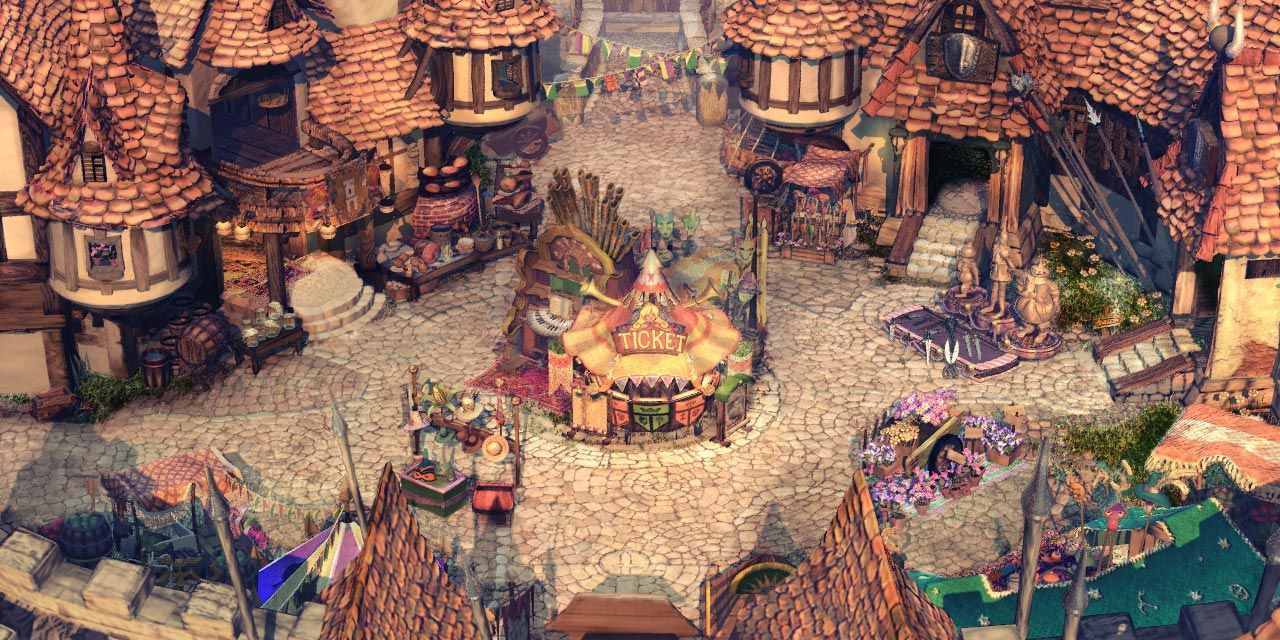
Even though Final Fantasy IX’s Alexandrian, Burmecian, and Lindblum Kingdoms are pleasant, they all largely feel interchangeable. This is a game that’s clearly meant to be a throwback to earlier titles, but this doesn’t fully come together. To that point, there’s nothing that helps Final Fantasy IX’s Gaia stand out from the kingdom worlds in other Final Fantasy games.
The characters are fun, but even they feel largely derivative of past installments. Final Fantasy IX's world gets a little more interesting after it branches out to the Outer and Forgotten Continents, but they still feel like rehashes of past titles.
6 Best: Baron (Final Fantasy IV)
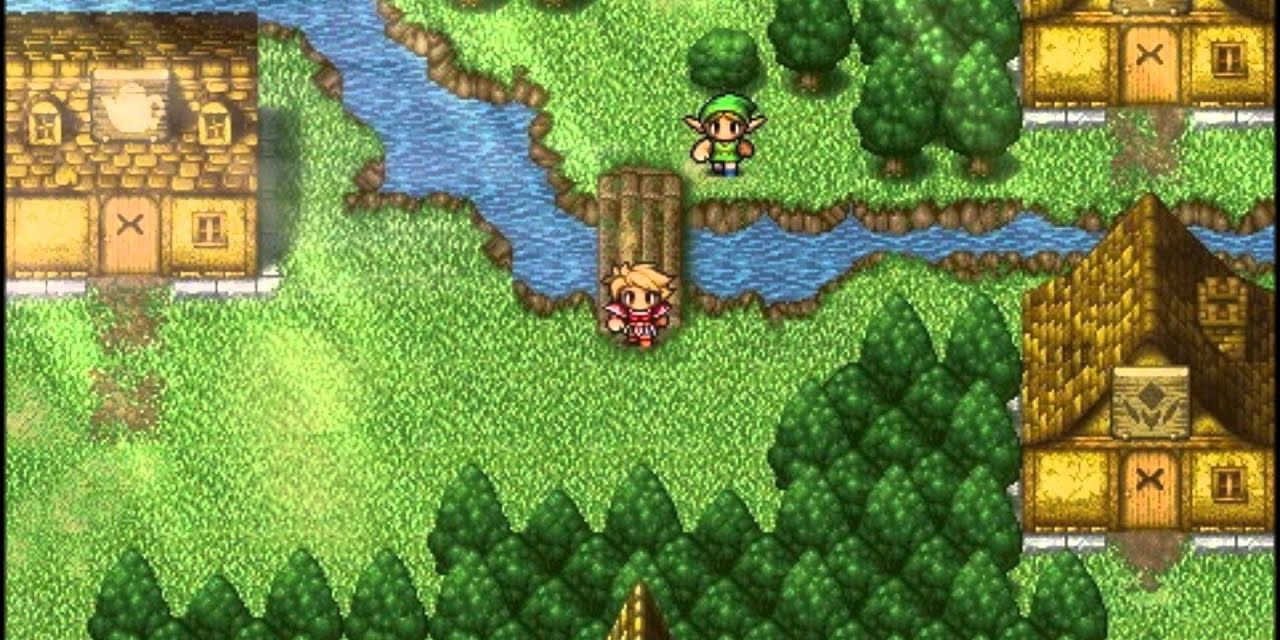
All of the locations in Final Fantasy IV are excellent, but they work much better as a complete package rather than individual areas. Final Fantasy IV indulges in classical kingdoms with big castles, which are plentiful. The game’s initial location, Baron, is also deceptively simple so what comes next hits even harder.
The Village of Mist and Mythril are creative destinations, but this is a title that features a whole Dwarven Underworld and eventually goes all the way to the moon (on a flying whale, no less). It’s hard to not be taken by the sheer ambition of it all.
5 Worst: Esthar Region (Final Fantasy VIII)
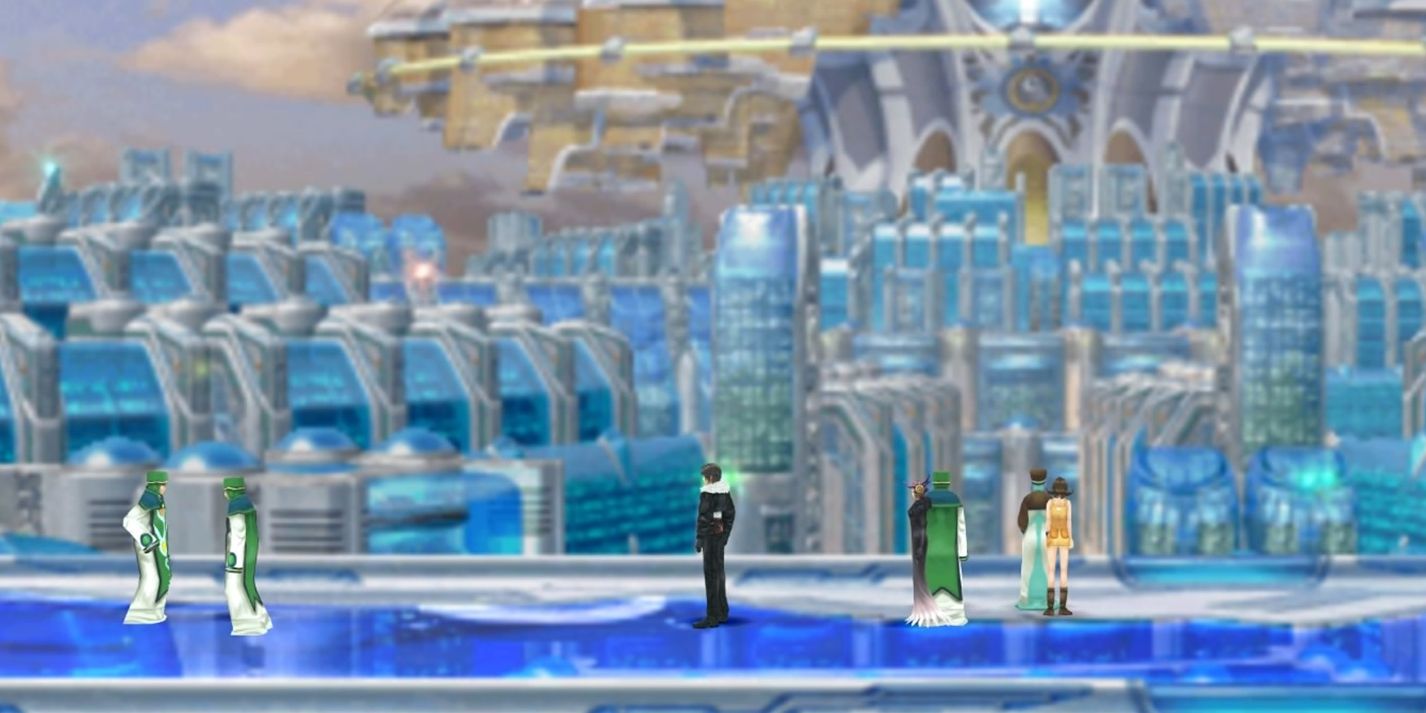
Final Fantasy VIII is a game that takes some interesting risks. It does a lot of things right, but it also sets a dangerous precedent for the series as it heads further down the path that’s started with Final Fantasy VII’s urban Midgar. Rather than go in an original new direction, Final Fantasy VIII features more busy metropolis hubs like Esthar and Deling City.
This tech-heavy attitude intensifies once the game moves to its lunar base and leaves the Earth’s atmosphere. Smaller, quainter areas like Balamb and Dollet are a step in the right direction, but they’re far too brief.
4 Best: Ivalice (Final Fantasy XII: The Zodiac Age)
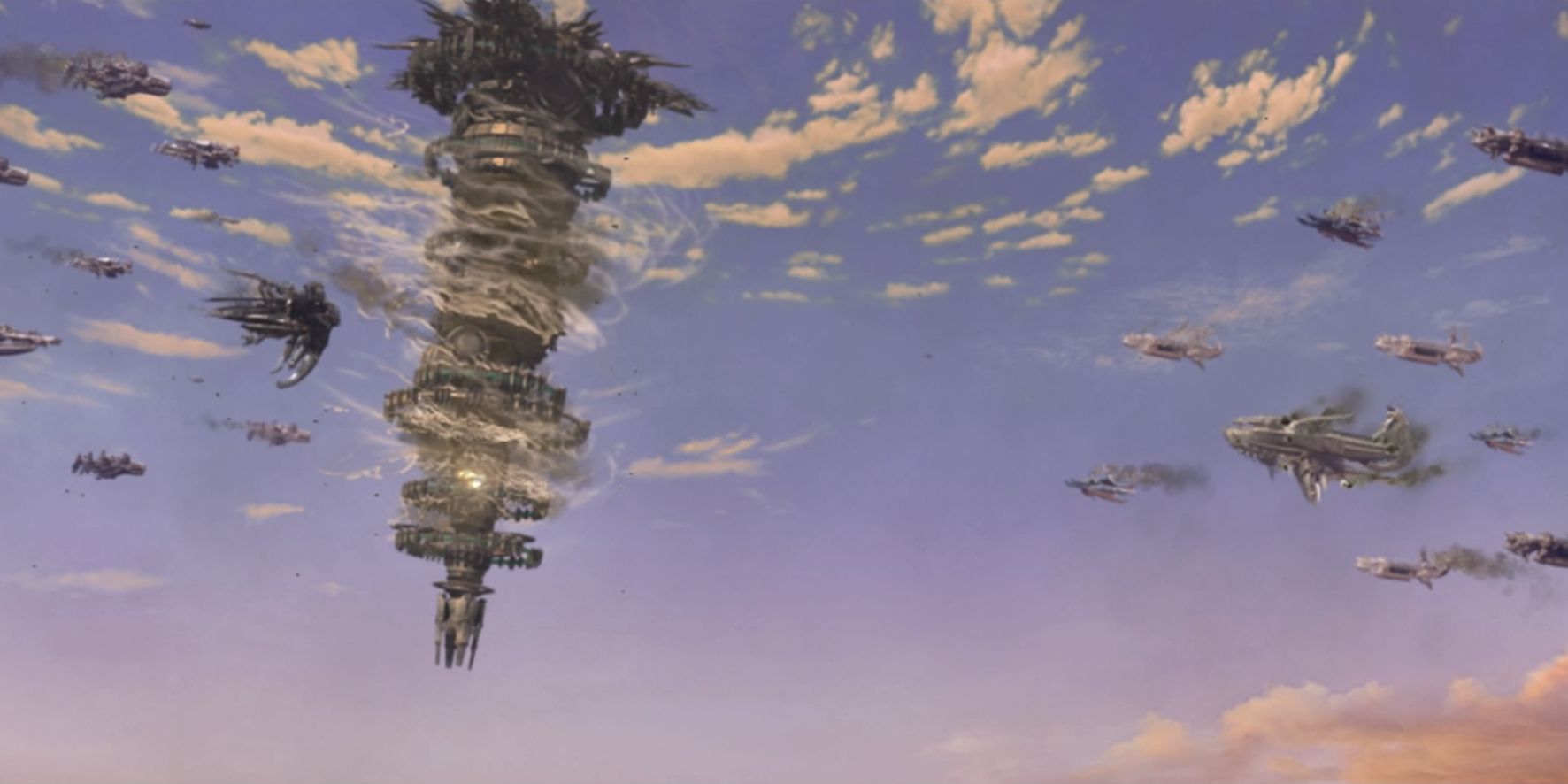
Final Fantasy XII’s Ivalice is another absolute behemoth of a world that really tries to feature a full world that feels unique and expansive. There are nearly ten distinct regions, all of which feature their own eccentricities and even contain different dialects.
For instance, it makes sure that the Bancour Region feels nothing like Nabradia Region and there are even contrasting political structures in play with each nation. Every area is also so big that if one of these spots doesn't click with the player then there's still plenty more to explore.
3 Worst: Eos (Final Fantasy XV: World Of Wonder)
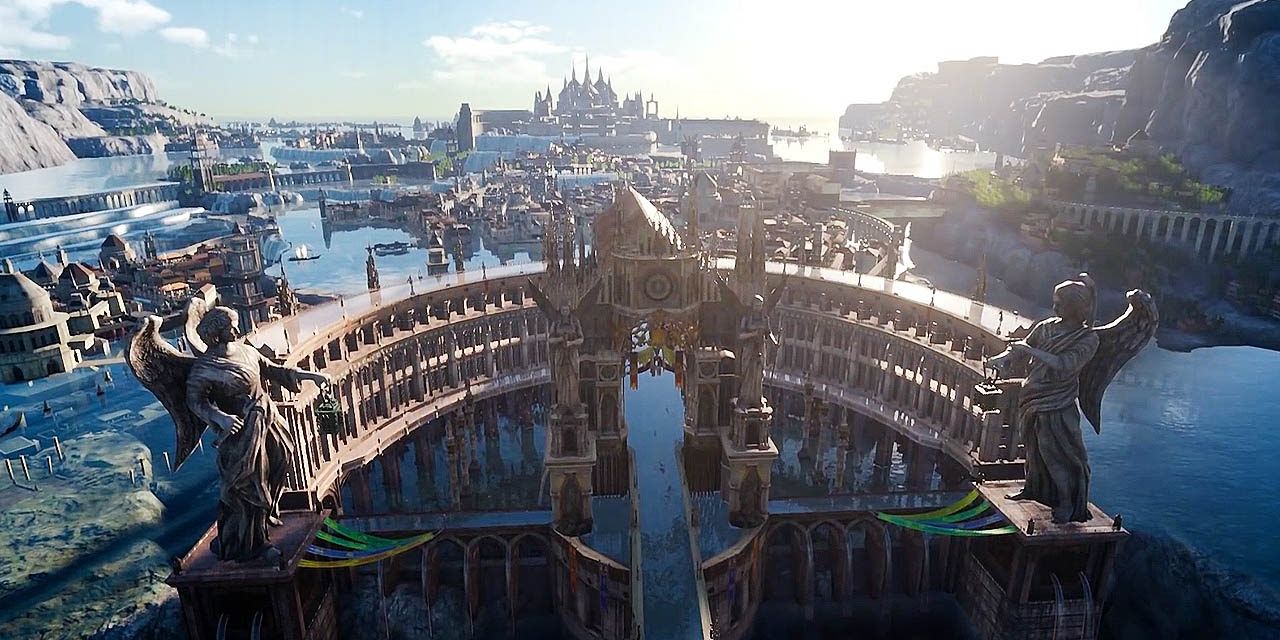
Final Fantasy XV is set in the larger world of Eos, which in turn is broken up into governing regions like Leide, Duscae, and Cleigne. All of Eos’ regions are spread out and sparse, rather than engaging hubs like in past titles.
What hurts Final Fantasy XV’s Eos the most is that it’s just too close to actual reality. It looks like the real world, but with monsters. It’s a different approach for Final Fantasy, but there are other series that already do this, and better. It’s hopefully not the direction that Final Fantasy XVI is headed in.
2 Best: Vana'diel (Final Fantasy XI)

Final Fantasy XI accomplishes something truly special with how it makes Vana’diel actually feel like a real place. There’s just enough fantasy present without it ever going overboard in the department. Vana'diel is split up into different dominions and realms like Quon, Mandartia, and Western Aradjiah, all of which are broken up into even smaller locations.
Final Fantasy XI impressively rises to the occasion and actually makes all of these regions feel distinct. The world is so important in a game like Final Fantasy XI, which makes it so satisfying to see Vana'diel get the attention that it deserves.
1 Worst: Cocoon (Final Fantasy XIII)
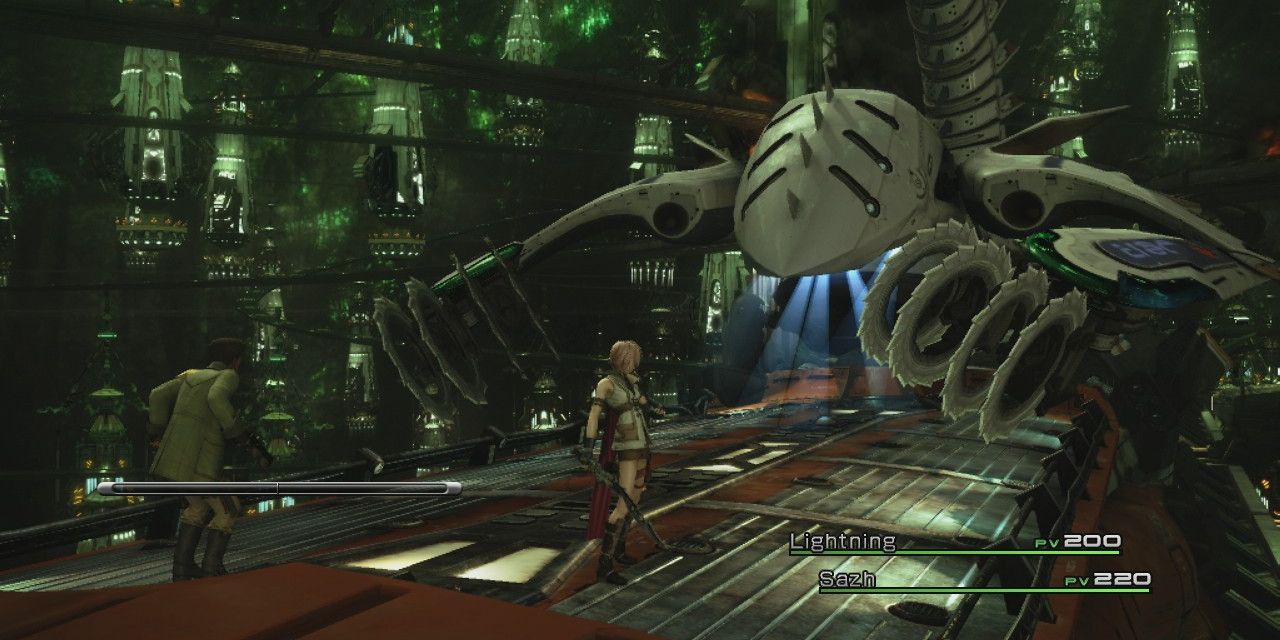
Final Fantasy XIII deserves some credit for taking some real risks with its structure and gameplay. Despite the controversy, the series found a real hero in the form of Lightning, who’s gotten to lead three titles.
A major factor that held back Final Fantasy XIII for a lot of people is that the game’s world is far too linear and confined. Players are barely allowed to interact with the world of Cocoon and the people that inhabit it. It’s an extremely limited experience. Gran Pulse is a step in the right direction, but at that point, it’s too little too late.

Post a Comment